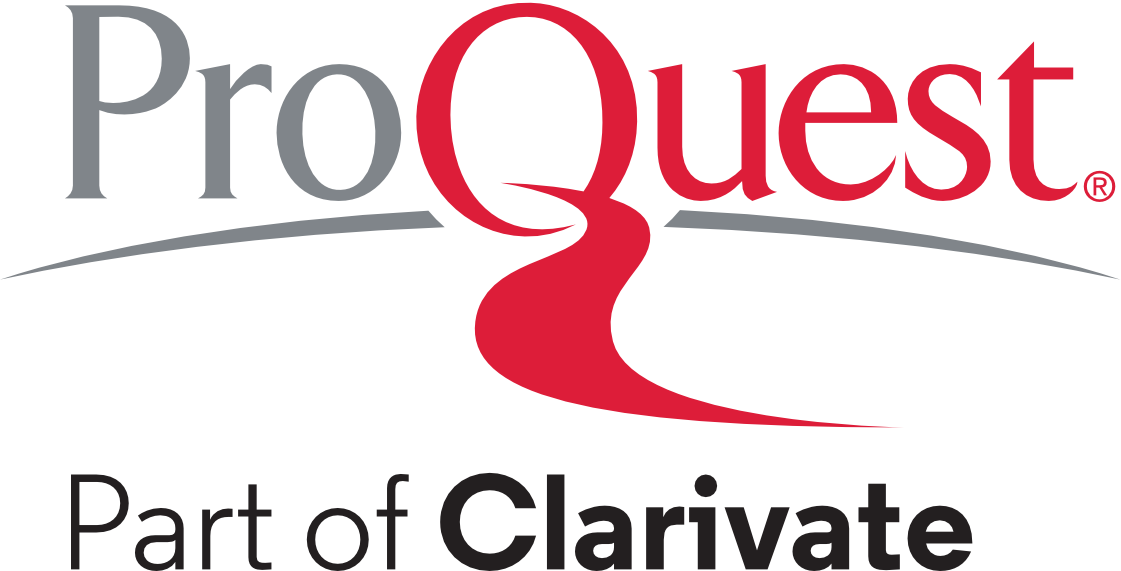Lesión citotóxica del cuerpo calloso en un paciente con status epiléptico afásico
Lesión citotóxica del cuerpo calloso en un paciente con estado epiléptico afásico
DOI:
https://doi.org/10.17981/JACN.1.1.2020.15Palabras clave:
Cuerpo calloso, Edema citotóxico, RMN, Restricción en difusión, Epilepsia.Resumen
A 47-year-old man with a history of aphasic seizures presented to the emergency room with a 12-hour global aphasia. Upon admission, brain MRI did not reveal acute lesions, and EEG showed sharp waves in the left frontal-temporal region. An Aphasic Status Epilepticus was diagnosed and antiepileptic treatment was initiated with adequate response. A week after the episode, a new brain MRI showed a high-signal ovoid lesion on T2-weighted and FLAIR sequences in the central part of the splenium of the corpus callosum. On diffusion-weighted images (DWI) the lesion was hyperintense with decreased apparent diffusion coefficient (ADC) values, indicating restricted diffusion consistent with a cytotoxic lesion of the corpus callosum (CLOCC). Follow-up MRI one month later showed complete image resolution. CLOCCs are secondary lesions associated with various entities in which high levels of cytokines and extracellular glutamate cause intracellular edema and reduced diffusion, a condition called cytotoxic edema, which affects vulnerable brain regions such as the splenium of the corpus callosum. In epileptic patients, CLOCCs may be due to the effect of seizures, especially prolonged ones, as well as antiepileptic treatment itself. CLOCCs are rare radiological findings and must be recognized to avoid misdiagnosis.
Descargas

Descargas
Publicado
Cómo citar
Número
Sección
Licencia
Derechos de autor 2020 Journal of Applied Cognitive Neuroscience

Esta obra está bajo una licencia internacional Creative Commons Atribución-NoComercial-SinDerivadas 4.0.
Usted es libre de:
1. Compartir - copiar y redistribuir el material en cualquier medio o formato.
2. El licenciante no puede revocar estas libertades siempre que usted respete los términos de la licencia.
Bajo los siguientes términos:
1. Atribución - Usted debe dar el crédito apropiado, proporcionar un enlace a la licencia, e indicar si se hicieron cambios. Puede hacerlo de cualquier manera razonable, pero no de forma que sugiera que el licenciante le respalda a usted o a su uso.
2. NoComercial - No puede utilizar el material con fines comerciales.
3. NoDerivados - Si remezcla, transforma o construye sobre el material, no puede distribuir el material modificado.
4. Sin restricciones adicionales - Usted no puede aplicar términos legales o medidas tecnológicas que restrinjan legalmente a otros de hacer cualquier cosa que la licencia permita.

 English
English
 Español (España)
Español (España)










